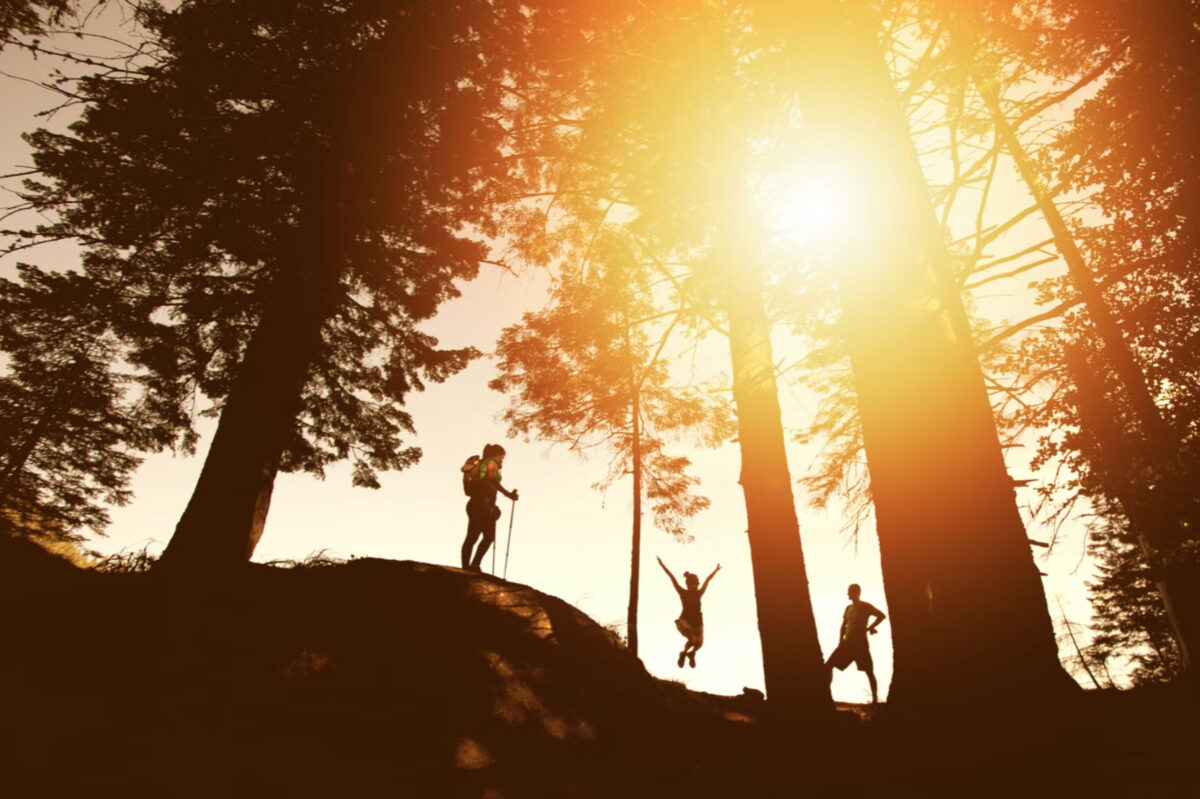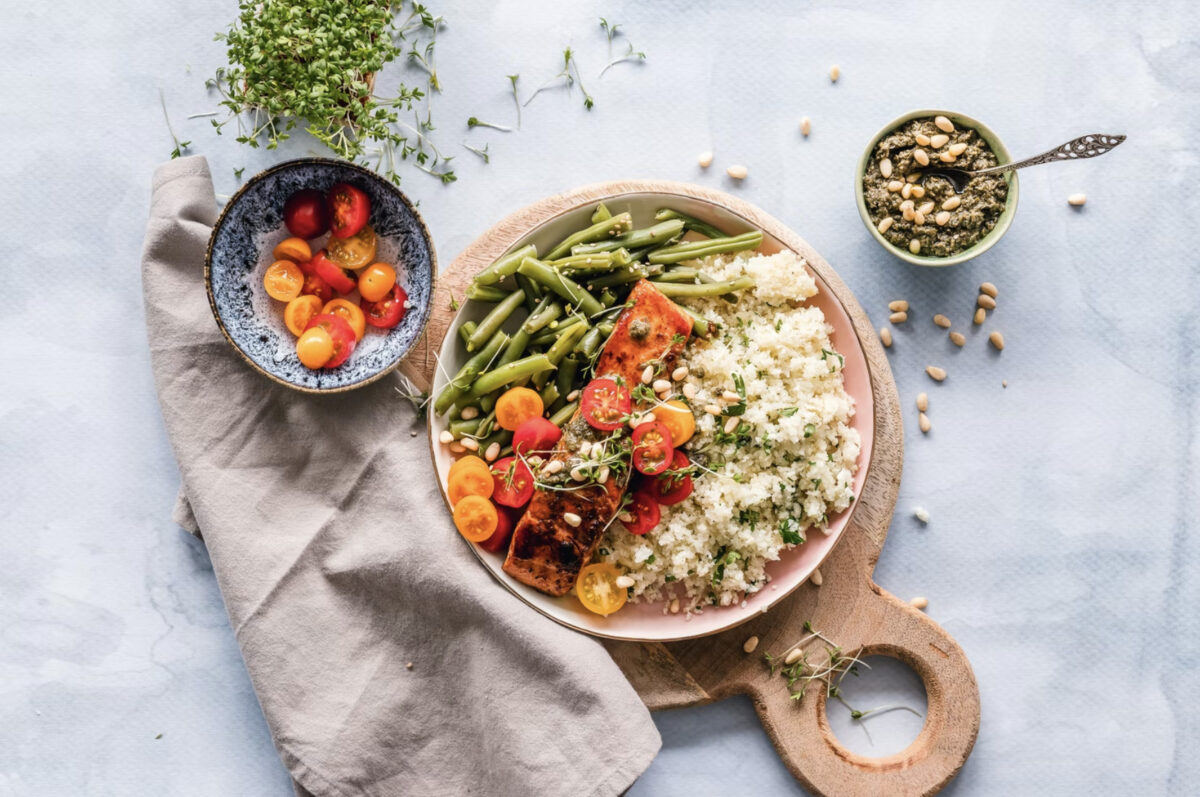Tim Irvine
It won’t surprise you that our society is forward-focused. This is also true with how we move our bodies.
Typically, we move forward in a straight line for our activity. Walking, running, and cycling are good examples of this. While any movement is positive, as we get back to outdoor activity after a long winter there is an opportunity to move differently as well. Mixing up directions of movement to keep your body guessing and promote cross-training is a good example.
Let’s focus on walking/hiking and running. This article by Alex Hutchinson shows how rough trail running requires greater energy use than smooth trail running. This isn’t entirely surprising, but the reason this happens is related to the amount of side-to-side movement necessary to avoid some of the ground covers on a rough trail, including rocks and tree roots. The idea of making your run harder may not be particularly appealing but the benefits for your body are substantial. Sideways steps, small jumps, the landing of those small jumps, long steps, etc. All this extra motion takes more energy, but it also requires your body to move in different ways. This ‘cross training’ helps you be a better mover overall.
Here are some ways you can accomplish these bonus movements in your regular routine:
- Walking/running
- Typical – paved or cement trail
- Cross Training – dirt, grass, or gravel trails; incorporate sideways or backwards steps (safely)
- Hiking
- Typical – smooth, low incline trails
- Cross Training – higher incline trails; rough trails; a combination of these two
- Biking
- Typical – road riding on paved trails
- Cross Training – dirt, grass, or gravel trails; mountain biking
As a bonus, you can also stop on your outdoor adventure and do some step-ups onto a tree stump, push-ups against a low branch or rock, and more.
As with anything that has higher levels of difficulty, proper safety approaches are important. Some considerations include proper footwear, avoiding wet or slippery surfaces, making sure there is adequate light, bringing along a friend, etc.
This spring and summer, get outside and enjoy the world around you a bit differently. Your body and brain will thank you.




